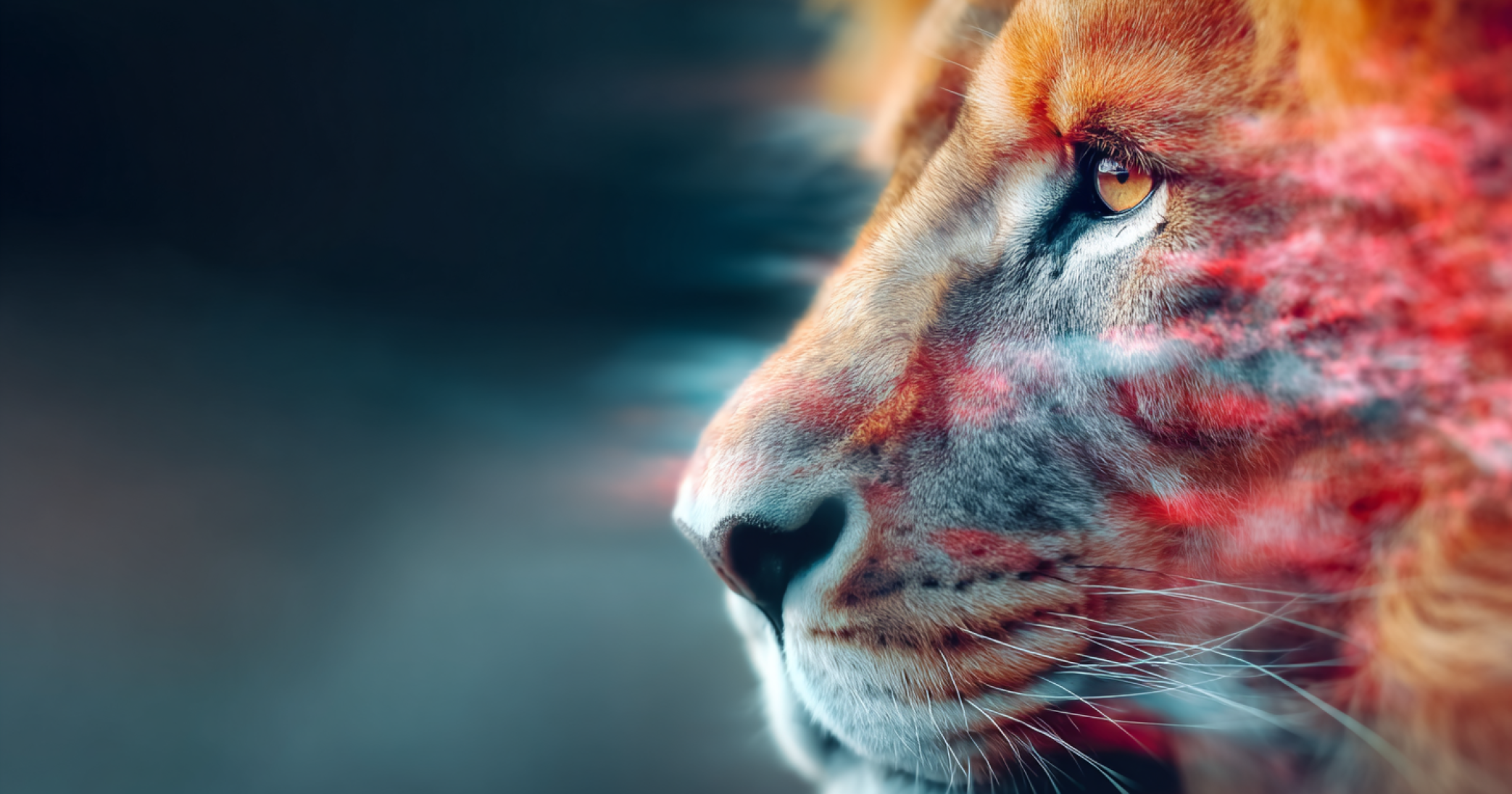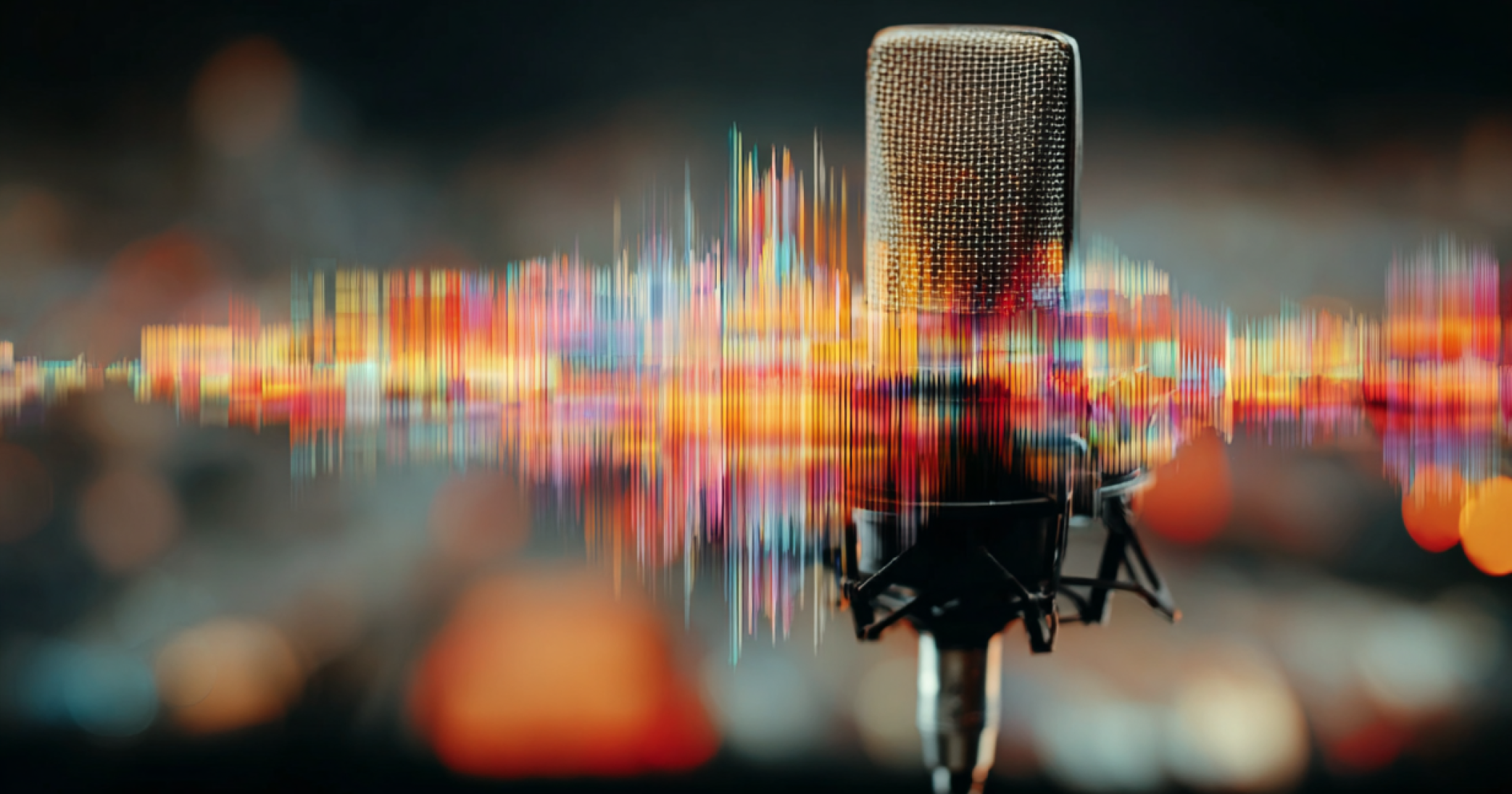Artificial intelligence has seen remarkable advancements in recent years, with OpenAI at the forefront. The introduction of the GPT models has revolutionized our interaction with machines. ChatGPT-4 and its successor, ChatGPT-4o, exemplify these technological leaps.
ChatGPT-4, launched in 2023, built upon its predecessors’ successes with advanced language processing algorithms designed to understand and generate human language. This iteration significantly improved the accuracy and coherence of generated texts compared to GPT-3. Its ability to answer complex questions, generate text, and translate languages made GPT-4 widely applicable in education, customer service, and creative writing.
The Revolution of ChatGPT-4o
In 2024, OpenAI introduced GPT-4o, an evolution that enhanced the strengths of GPT-4 with new features and superior performance. GPT-4o stands out with drastically reduced latency, providing near-instantaneous responses. Additionally, it processes and generates text, images, audio, and video, allowing for more versatile and intuitive AI interactions. Notably, it supports over 50 languages, demonstrating improved performance with non-English texts and enhancing global AI accessibility.
While GPT-4 typically took about five seconds to respond, GPT-4o accomplishes this in just 320 milliseconds. This speed makes the AI more efficient for real-time applications. Furthermore, GPT-4o surpasses its predecessor in understanding and processing various input modalities, significantly expanding its practical uses.

Mit dem Laden des Videos akzeptieren Sie die Datenschutzerklärung von YouTube.
Mehr erfahren
ChatGPT-4o in Practice
In practice, both models have found diverse applications. In education, they serve as tutors and learning aids, explaining complex subjects and crafting personalized learning plans. In the business sector, they assist in automating customer service interactions, conducting market analysis, and generating reports. In the entertainment industry, they are used in game development and creative writing to create realistic characters and engaging narratives.
Despite their impressive capabilities, both models face technological challenges and ethical questions. GPT-4 struggles with real-time processing and multimodal interaction. While GPT-4o has overcome many of these limitations, it raises new safety and ethics concerns. OpenAI continues to work on making both models safer and more reliable by implementing rigorous testing and filtering mechanisms.
The future of AI models remains promising. OpenAI plans to further enhance the capabilities of future models, making them even more versatile and adaptable. Potential applications include automating complex workflows, developing advanced diagnostic tools in medicine, and creating personalized educational assistants.

Mit dem Laden des Videos akzeptieren Sie die Datenschutzerklärung von YouTube.
Mehr erfahren
ChatGPT-4 and ChatGPT-4o represent significant advancements in AI technology. While GPT-4 offers impressive capabilities, GPT-4o elevates these to a new level with faster processing and enhanced multimodal functions. These developments promise exciting applications and deeper integration of AI into our daily lives.
Sources:
https://neuroflash.com/blog/gpt-4o-vs-gpt-4-the-ultimate-advances-in-ai/
https://www.sectionschool.com/blog/what-is-gpt4o
https://neuroflash.com/blog/gpt-4o-vs-gpt-4-the-ultimate-advances-in-ai/
https://openai.com/index/chatgpt-can-now-see-hear-and-speak/























